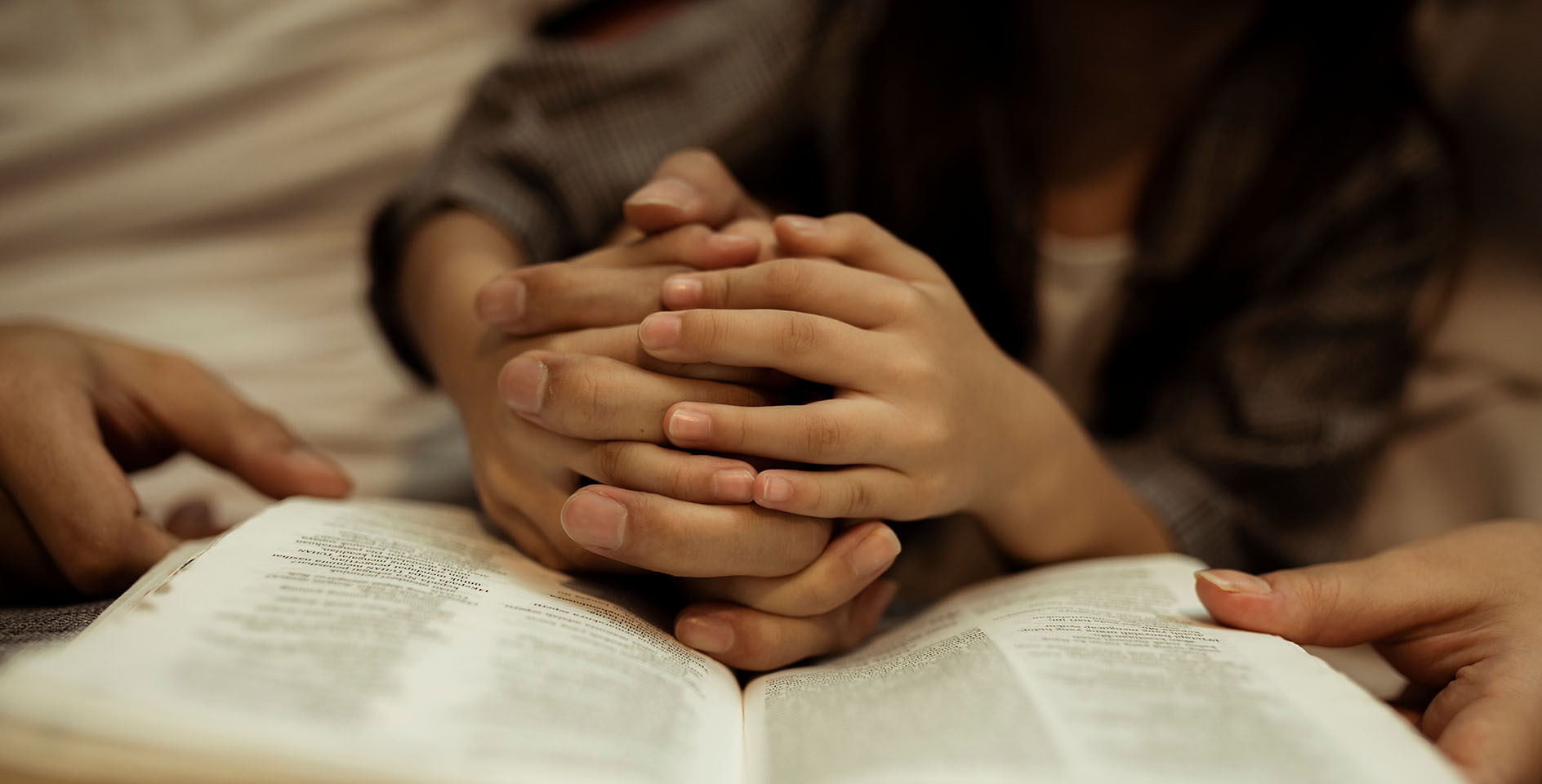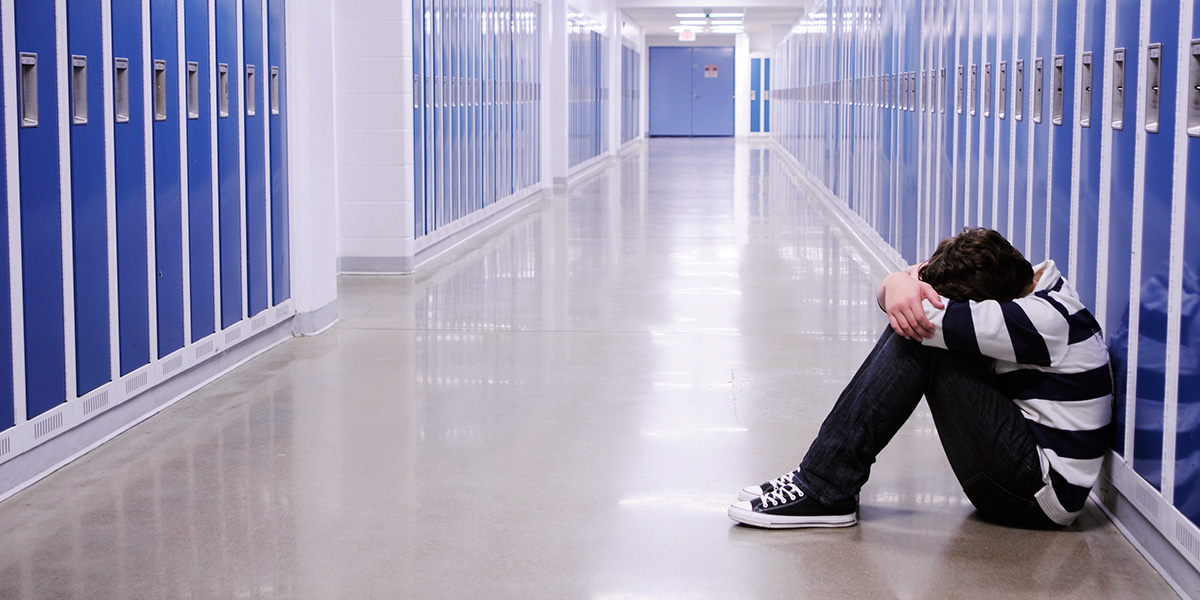My church finally opened its doors in July after five months of closure, requiring ticket reservations, masks, and social distancing to enter the service. It was comforting to see the familiar eyes of our weekly door greeters and grab an elbow bump from the welcoming crew, but things felt strange—and not just because of the muffled voices and archipelago seating. Something was missing: my kids.
Facing tough decisions
My very active 4- and 2-year-old wouldn’t last five minutes with a grab bag of crayons, paper, and snacks in the service before floor rolling or ninja jumping down the aisle. With kids ministry classes still on hold and COVID on the rise, our family opted to remain home in the early days of the church’s reopening. Just this week, kids classes re-opened. Our family will return more regularly now. And we’re joining thousands of other churchgoing families across the country making choices on how to proceed with our kids, as churches piecemeal their way to a new normal in a COVID-19 world.
The choice about how to proceed with children’s discipleship is far from benign. A National Association of Evangelicals poll finds that 63% of people became Christians before the age of 14, and Barna found that after parents, guidance for spiritual formation falls on church leadership. Childhood is a critical time for shaping faith for a lifetime, so prioritizing our youngest citizens is perhaps the most important aspect of ministry—right now and always.
But the ongoing risks of COVID persist in keeping hundreds of thousands of children out of church. Some parents are eager for children’s ministry to return, but others are fearful for the health of their children in classroom-like settings typically viewed as germ factories. Children under two already have eight to 10 colds per year on average, and their elder counterparts don’t fare much better. So potential COVID-laced classrooms are hardly appealing. As we get deeper into the fall and winter, health concerns may rise to unprecedented heights.
“It’s not just church that we aren’t going to—it’s any place with large crowds,” said Megan Phelan, a mom of two in Havertown, Pennsylvania. “I’m just not comfortable exposing my kids to that many people, not to mention they put their hands and mouths on everything.”
Families are looking out for themselves, but also seeking guidance from church leadership on when returning their children to church is safe and acceptable. Those who attended church regularly pre-pandemic are more likely to return, but a concern arises about families who were already infrequent attenders and children who relied on grandparents or friends that may now be staying home. Churches are keeping these folks top of mind.
Stressed out church staffers, many who have worked tirelessly in the past months to power effective online outreach, are making tough decisions on procedures and protocols that will help families feel comfortable coming back to the building. Guiding markers are few, since the last time churches were ordered closed was during the flu pandemic of 1918, when such closures contributed to significantly lower rates of death in places where it was enforced. As such, hot spots like New York City and Los Angeles may require longer shutdown periods with in-person children’s ministry on the backburner until general reopening. Less affected areas are primarily the ones walking the line right now.
Making different decisions
While seven in 10 Protestant churches have reopened nationwide, the question of how and when to resume children’s ministry classes safely is perhaps the biggest, secondary question—and no two churches are identical in their plans. According to July 2020 Lifeway research, more than 50% of Protestant pastors hadn’t decided when to start in-person student ministry again. Now that we are several months into the fall school year, , anxiety about how those interactions will affect outside communities remain.
“My big concern is the kids going back to school and bringing COVID to the church,” said Billy Bruns, pastor of Fairfield Weslyan Church in Ohio. “As a church, it will be a flexible and slow reintroduction to kids ministry when the volunteers are comfortable to reconvene.”
Most are blindly moving forward in various stages, listening to the comfort level of their community and enforcing precautions like temperature checks, social distancing, mask requirements, and health surveys. There seems to be an additional level of safety consideration for student ministry and nursery classes across the board.
Whether churches are conducting children’s ministry or not, the majority of Americans aren’t showing up to services yet, anyway. According to Pew, only 12% of the country attended in-person services in July. While I was unable to find updated research on this statistic, presumably, that number has increased as many states have since loosened gathering restrictions. Fear fuels some of that absence, especially for families who attend larger churches or those with older populations.
Childhood is a critical time for shaping faith for a lifetime, so prioritizing our youngest citizens is perhaps the most important aspect of ministry—right now and always.
After an elderly community member scolded her for letting her young children get too close to them on the sidewalk recently, Julie Harrison became hyper-aware of not accidentally endangering or scaring vulnerable individuals. “Our church is predominantly older,” said Harrison, who has opted not to return to her small church in Rockville, Maryland. “I know how much it means to [the older members] to go in person, and I don’t want to give them any reason not to feel comfortable in church.”
Harrison added that older people are also not as technologically savvy and may not enjoy online broadcasts. She said her family will not return until there is a vaccine available and schools are operating in-person. Until then, they will continue watching the livestream of another church they enjoy online.
For larger churches, the concerns about safety are especially valid. The children’s area at a typical megachurch is a test tube of germs—families clustered along the hallway and volunteers exchanging babies between services. Rounds of toddlers and grade schoolers revolve through classrooms as breathless volunteers attempt to keep track of name tags, sign out sheets, and correct parental matches. Add a dose of COVID to the mayhem and it could be disastrous, especially for churches under a media microscope.
Speaking with ministry leaders making these decisions, cleanliness and safety are the top priority for both the church at large and the children’s areas, as staff develop strict rules for hourly sanitation, contact-free check in, individual packaging for crayons and snacks, and socially-distanced mats for older kids. “All of our toys are sanitized between services,” said Meagan Lingenhoel, a worship leader at the 300-member Bible Chapel in Washington, Pennsylvania. “If a toy is in a child’s mouth, it’s taken out of rotation and different toy bins are used for first and second service.”
Heavy sanitation practices are paired with creative avenues for member comfort with touching. One church bought colored, silicone bracelets for kids to indicate their contact comfort levels: green for huggers, yellow for fist or elbow bumpers, and red for hand wavers. Another requires pre-registration and offers individual bags of goodies to children as they enter limited-size classrooms for the service.
All available hands appear to be on deck at the churches I spoke with. Prior to COVID, church membership nationwide had been decreasing for years, so ministry teams want to ensure people know they are safe and welcome back to the pews. While online attendance soared at the genesis of the pandemic, even many practicing Christians eventually stopped attending virtually. For those who did not attend church regularly pre-pandemic, 17% say they have watched a service virtually. For children, the numbers would naturally be lower because virtual options can be difficult to implement effectively, requiring parental diligence in playing them. It makes getting children back into a physical church building that much more important for their spiritual growth.
Location makes a big difference in how decisions are made. In South Dakota, churches never closed and most remain open and are functioning as they always have. But decision makers nationwide have come to varied conclusions, depending on location, size, government regulations, and congregational temperament.
“We never stopped kids’ classes,” said Chris Minor, pastor of the 80-member Oakfield Baptist Church in Rockford, Michigan, who has been preaching from a makeshift platform in the parking lot since March. “We prerecord our children’s church service—and pass out handouts to with the lesson—so the kids can watch on tablets or phones during the service.”
Despite larger health concerns, many parents are eager to get back to church but are choosing not to go because kids ministry classes are not yet in place. Many with younger children feel they would merely be quieting babies and chasing toddlers, rather than listening to the sermon and engaging with fellow church members. For that reason, they are staying home even though they would prefer to attend in person.
Non-churchgoers may wonder why the religious are so committed to keeping doors open or offering intense online productions as a replacement for embodied gatherings. Or for children, why would they go to the trouble of setting up Zoom calls for easily distracted second-graders and organizing packets for toddlers apt to merely scribble on a photocopied Jesus before their purple crayon is discarded on the kitchen floor? Ministry staff recognize the eternal value of faith-based guidance in childhood and the way churches can offer support when there is a need for trustworthy adults beyond parents and family.
Before the pandemic, my pastor liked to remind our congregation that the most important people in our church aren’t listening to the sermon, but upstairs in their classrooms. They are not an afterthought. Children’s ministry leaders know that decisions for Christ are most often made in childhood, and often, inside the church building. This is why the planning and purpose behind kids ministry decisions are priority for churches everywhere, and why parents are carefully weighing how they can safely return or soundly provide church-based learning from a distance. Ultimately, the weight of salvation may rest with these choices.









